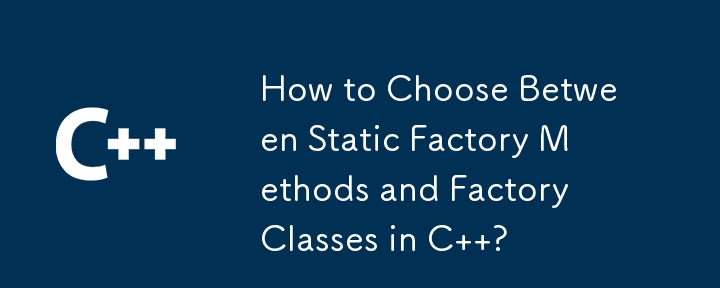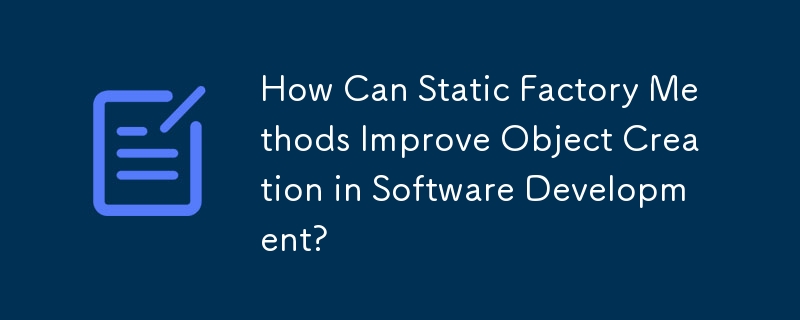Found a total of 10000 related content

How to Apply the Factory Pattern in PHP for Flexible Object Creation?
Article Introduction:This article explains PHP's Factory Pattern, a creational design pattern for object creation. It details how to create flexible object instantiation using factory classes and methods, highlighting benefits like loose coupling, improved code organiza
2025-03-10
comment 0
545
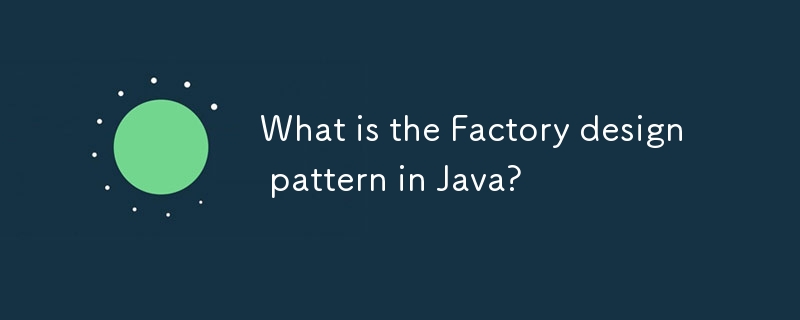
What is the Factory design pattern in Java?
Article Introduction:The factory design pattern is used to create objects without specifying specific classes. The factory method determines which class to instantiate based on input. For example, DocumentFactory returns PdfDocument or WordDocument instances according to the document type, thereby realizing the decoupling of client code from specific implementations, so that when adding new document types, you only need to expand the factory method without modifying client code. This pattern is suitable for scenarios where object types are determined at runtime, need to centrally create logic or system needs to support flexible expansion, and ultimately improve the maintainability, scalability and loose coupling of the code.
2025-08-13
comment 0
562

Factory design pattern in Java example
Article Introduction:The factory pattern is to encapsulate object creation logic through a factory class, so that the caller does not need to care about the specific implementation class. 1. Define the unified behavior specification of interface Shape; 2. Create Circle and Rectangle implementation classes; 3. Write ShapeFactory factory class to return different instances according to parameters; 4. Use the factory class to obtain objects and call methods. This mode is suitable for scenarios where object creation is complex, the type is often changed, or the principle of opening and closing is required. It can effectively decouple the caller and specific classes and reduce maintenance costs.
2025-07-13
comment 0
717

Can you explain the Factory design pattern with a simple example in Java?
Article Introduction:The factory design pattern creates objects centrally through a factory class, avoiding the client using new hard code to instantiate specific classes; 2. Define the abstract product Pizza, and the specific products CheesePizza, VeggiePizza and PepperoniPizza inherit it; 3. PizzaFactory returns the corresponding Pizza instance according to the input type; 4. The client creates objects through the factory and calls its methods to realize the encapsulation of loose coupling and creation logic, which is convenient for expansion and maintenance. This implementation is a simple factory model, ending with a complete sentence.
2025-08-02
comment 0
833

How Do I Choose the Right Design Pattern for My PHP Project?
Article Introduction:This article guides PHP developers in selecting appropriate design patterns. It emphasizes analyzing project requirements, identifying recurring issues (e.g., tight coupling, code duplication), and researching suitable patterns (Singleton, Factory,
2025-03-10
comment 0
610

What is the Role of a Front Controller Design Pattern in PHP Applications?
Article Introduction:The Front Controller design pattern serves as a centralized entry point for handling incoming requests in a PHP application. It streamlines routing, templating, and security checks, enabling efficient changes and improved maintainability. By redirect
2024-10-23
comment 0
770

Understanding the Factory and Factory Method Design Patterns
Article Introduction:What is a Factory class? A factory class is a class that creates one or more objects of different classes.
The Factory pattern is arguably the most used design pattern in Software engineering. In this article, I will be providing an in-depth explana
2024-11-05
comment 0
550
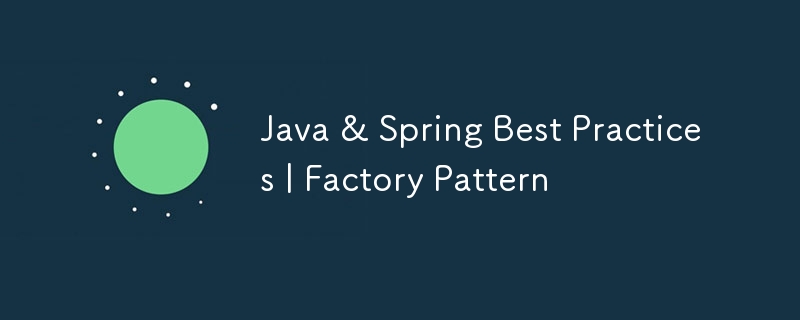
Java & Spring Best Practices | Factory Pattern
Article Introduction:I’m thrilled to announce the third module of my java-spring-best-practices repository: the Factory Pattern! ?
? New Module: Factory Pattern
In this module, we delve into the Factory Pattern, a creational design pattern that offers a flexi
2024-10-23
comment 0
648
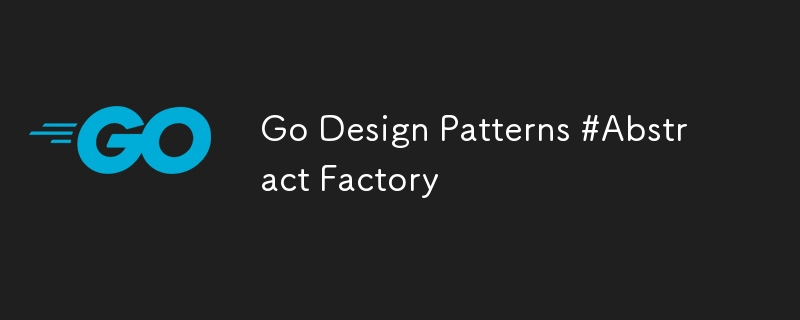
Go Design Patterns #Abstract Factory
Article Introduction:Abstract Factory is a creational design pattern that lets you create related objects without specifying their concrete classes.
Problem Statement
Imagine you are developing a GUI toolkit that should support multiple look-and-feel standard
2024-10-23
comment 0
829
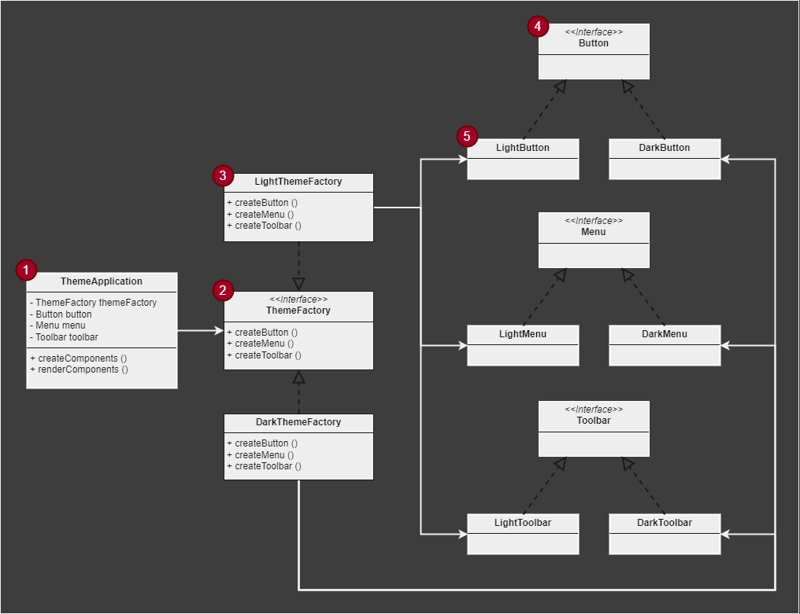
Abstract Factory Pattern
Article Introduction:What is Abstract Factory Pattern?
Abstract Factory Pattern is a creational pattern that provides an interface for creating families of related or dependent objects without specifying their concrete classes.
When to use it?
Use Abs
2024-11-21
comment 0
275

Explain the Factory design pattern in Java.
Article Introduction:TheFactorydesignpatterninJavaisacreationaldesignpatternthatcentralizesandabstractsobjectcreationlogic,reducingtightcouplingbetweenclasses.1)Itallowsobjectstobecreatedwithoutexposingtheinstantiationlogictotheclientcode.2)Itisusefulwhentheexacttypeofob
2025-07-17
comment 0
877

Simple Factory
Article Introduction:What is Simple Factory?
Simple factory is not design pattern. It simply decouples object creation from client code. In other words, Simple factory encapsulates object instantiation by moving instantiation logic to a separate class.
Simple fa
2024-11-24
comment 0
510
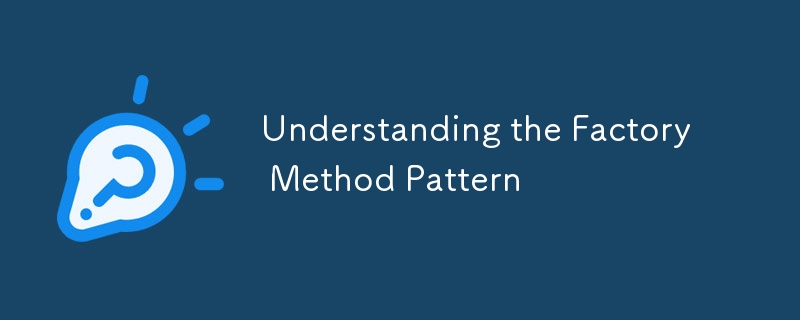
Understanding the Factory Method Pattern
Article Introduction:Introduction
Hi everyone, I am writing this post to share my knowledge as I continue learning about design patterns. Today, I will present the Factory Method Pattern, which is a design pattern commonly used in real-world applications. If there
2025-01-05
comment 0
1043
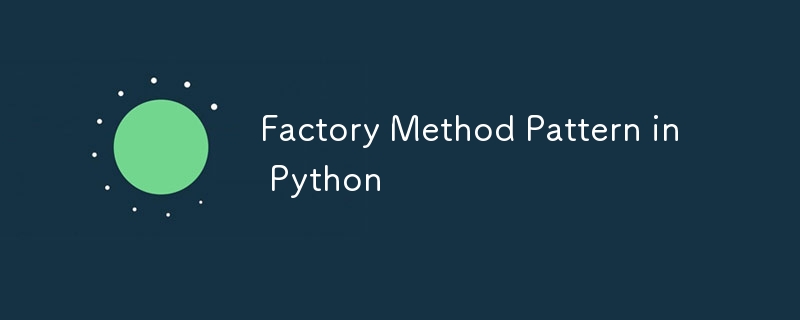
Factory Method Pattern in Python
Article Introduction:The factory method pattern is a design pattern that instantiates specific classes through subclass decisions. It defines an interface to create objects, delaying the creation of objects to subclass processing, thereby achieving decoupling. This mode is suitable for scenarios such as hidden object creation details, uncertain future subclass types, and the need to call different objects in a unified interface. The implementation steps include: defining the base class or interface; creating multiple subclasses; writing factory functions or methods that return different instances according to parameters. Factory methods can be further encapsulated into classes to facilitate management of complex logic. When using it, you should pay attention to avoiding too many conditional judgments, preventing business logic from being mixed into the factory, avoiding over-design. It is also recommended to deal with abnormal inputs, keep the logic simple, and use it only when scalability is required.
2025-07-21
comment 0
209
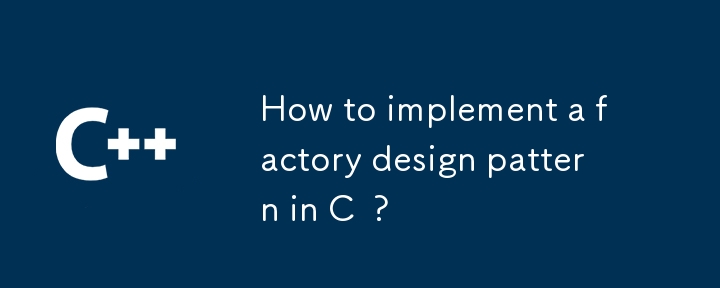
How to implement a factory design pattern in C ?
Article Introduction:ToimplementthefactorydesignpatterninC ,firstdefineacommoninterface,thencreateconcreteproductclasses,implementafactoryclasswithastaticcreationmethod,andfinallyusethefactorytodecoupleobjectcreationfromclientcode.(1)DefineanabstractbaseclassProductwith
2025-07-17
comment 0
660
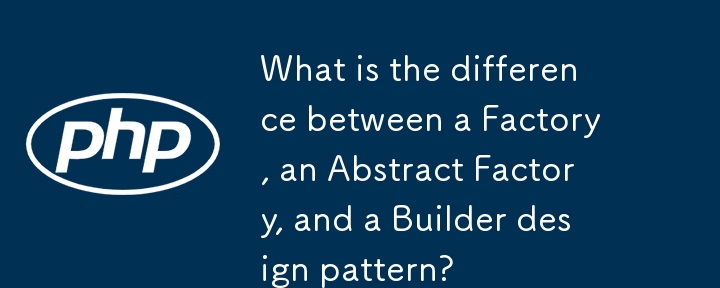
What is the difference between a Factory, an Abstract Factory, and a Builder design pattern?
Article Introduction:FactoryMethod is used to decide the instantiation of specific subclasses at runtime, suitable for different variant creation of a single product type; 2. AbstractFactory is used to create a family of related or dependent objects to ensure compatibility between products, suitable for cross-platform or theme systems; 3. Builder is used to construct complex objects in step by step, especially when the object has multiple optional configurations or needs to avoid telescoping constructors, which is suitable for scenarios where the construction process is complex and needs to be set clearly.
2025-08-21
comment 0
453
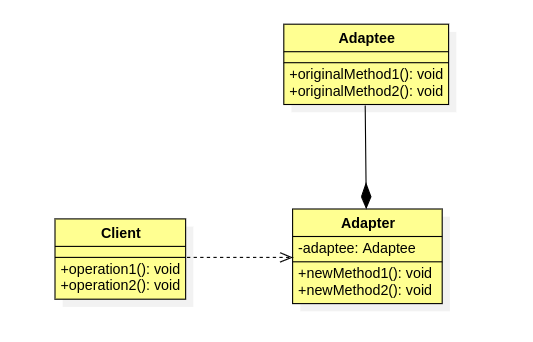
PHP Design Pattern: Adapter
Article Introduction:The Adapter Design Pattern is a structural pattern that allows objects with incompatible interfaces to work together. It acts as an intermediary (or adapter) between two objects, converting the interface of one object to the interface expected by the
2024-10-27
comment 0
684







